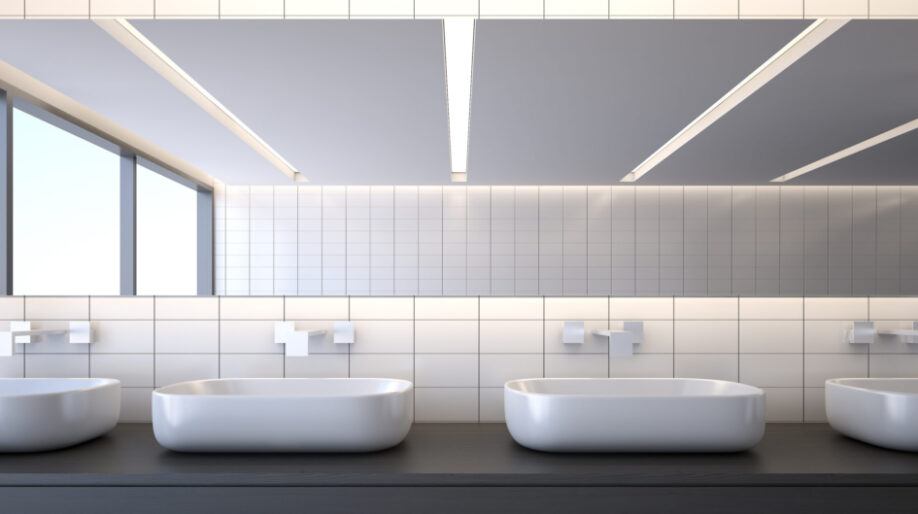As sustainability continues to become more important for businesses, looking for ways to cut back on your water use may help you get closer to your greener goals. Technology is helping facilities evolve, making tech tools more mainstream to increase sustainability and reduce costs.
Faucets
Replacing leaky faucets is the first step in eliminating water waste, so conduct an audit in your washrooms and fix or replace any leaky taps. Next, consider adding low-flow faucets that use less water, or faucets that include aerators, which combine air with water to limit the flow.
Touchless sensors have added an additional element to hygiene practices in the last few years, but they also limit use, as people cannot leave the taps running longer than they need them. This helps your taps become more efficient, saving you unnecessary expense. However, be careful when choosing your faucets. Some studies have shown that people open the faucets at a flow of 1.5 gallons per minute, and the sensored faucets can open at a flow of 2.2 gallons per minute, so factor in all considerations before making your final choice.
Toilets
Smart toilets are the newest innovation in bathroom technology, offering options that use less water, only flush when necessary, and even increase your hygiene efforts with touchless features. Some models only use about 1.6 gallons of water, compared to the five to seven gallons of water typically used in a traditional model. As well, many have a dryer setting, so it may also help you save money and the environmental impact of paper use. While they are definitely an upgrade, planning to switch out your traditional toilets over the long haul will save on your bill and help save the planet at the same time.
RELATED: Are smart toilets the way of the future?
LEED
If you are not sure where to start, or you want to reduce your water consumption throughout the whole building, consider looking into LEED certification. This certification includes water consumption and can help you manage your water use and resources over longer periods of time. Start by determining which certification you desire and then complete the process through LEED to determine your best course of action.
Upgrading your washrooms can reduce water, help the planet, and save money, but do your research to determine exactly what best suits the needs of your building.









